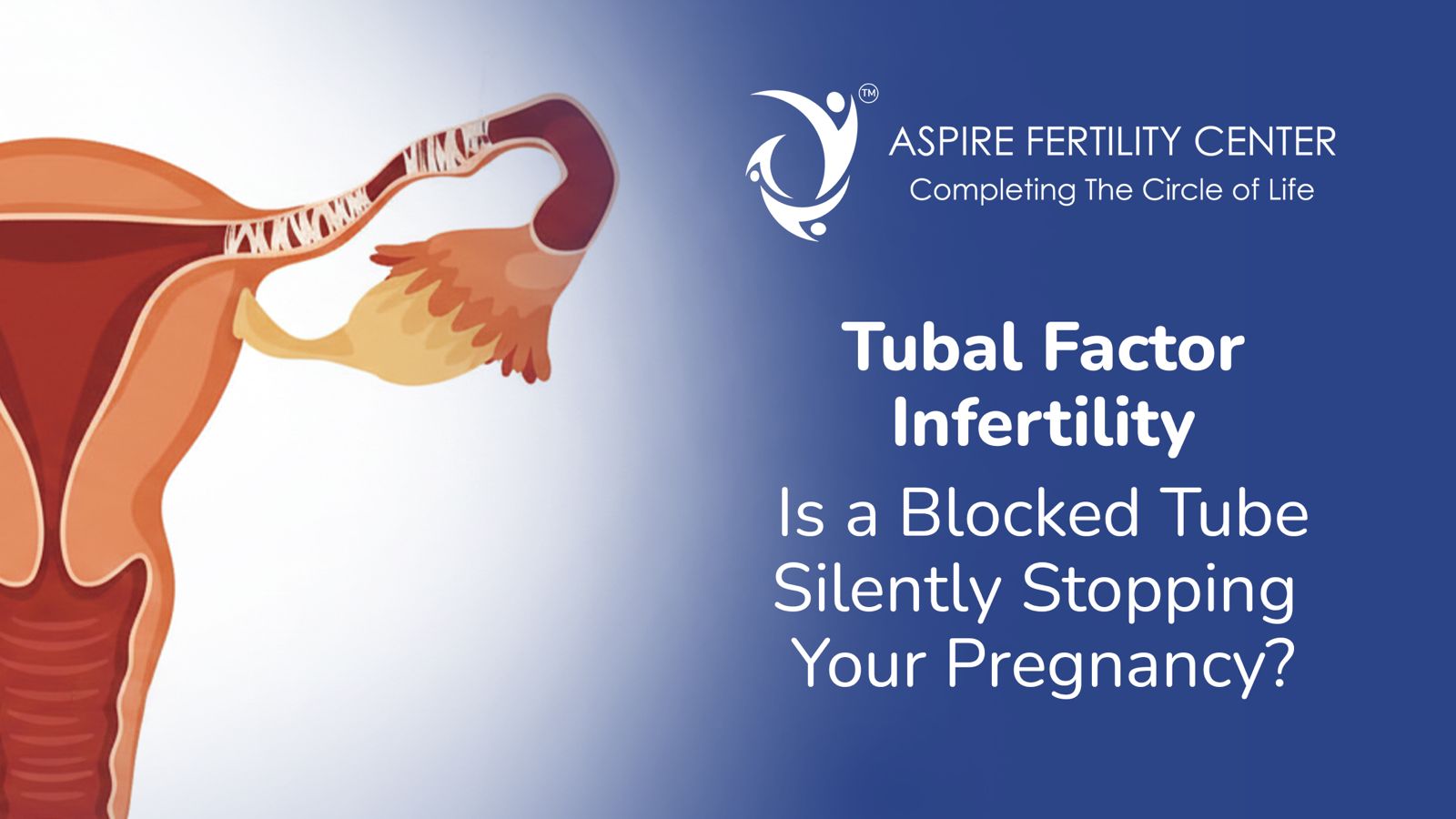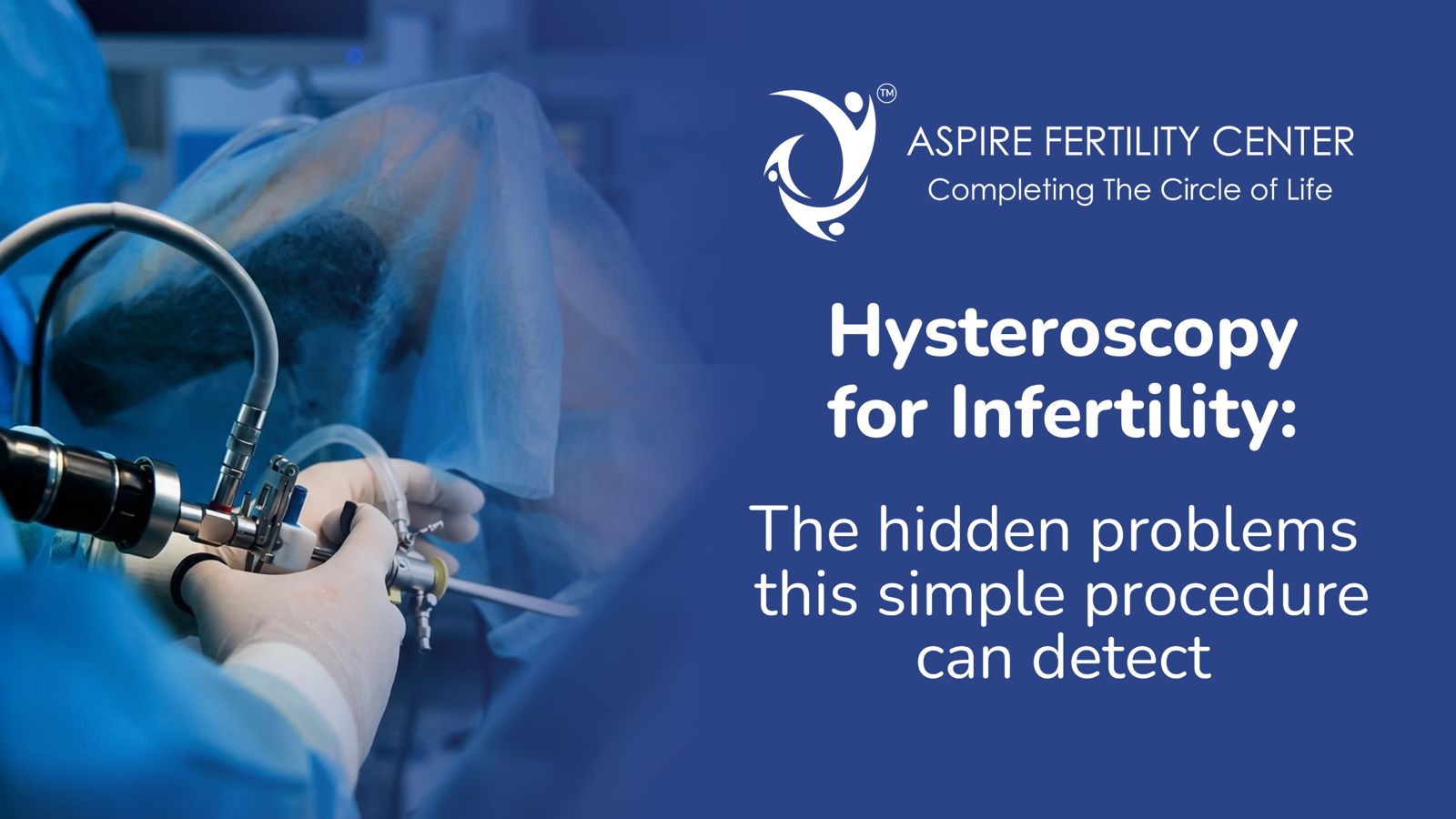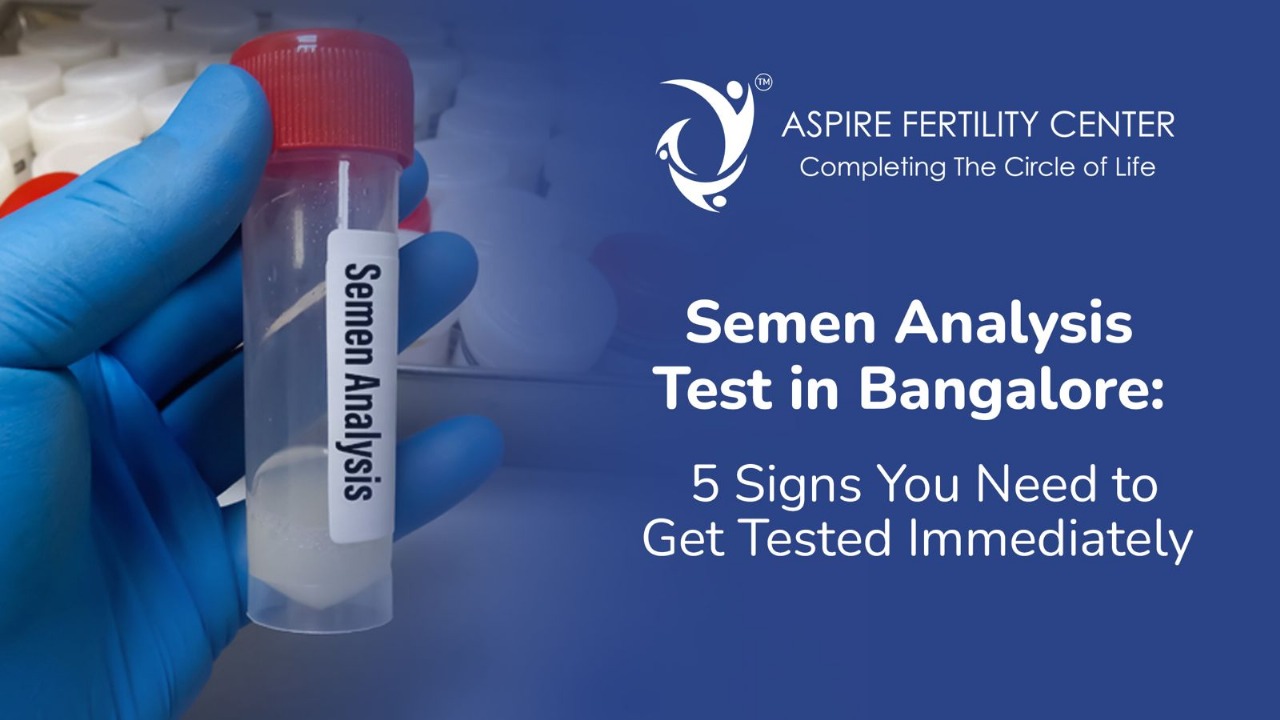IVF vs Other Fertility Treatments
Over the years, IVF procedures have evolved and there has been a dramatic increase in success rates, attributable to advancements in the past decade.
In Vitro Fertilization, commonly known as IVF, is the most efficient treatment for couples suffering from infertility today. There are some other lines of treatment available too which can help with conception for a small cluster of patients for whom infertility is secondary to PCOS, endometriosis, fibroid uterus or borderline male factor infertility. These include procedures like ovulation induction, timed sexual intercourse or Intra Uterine Insemination (IUI), to name a few. However, compared to all, IVF is still fares as the most efficient and effective procedure to reach a healthy pregnancy in record time today. In fact, it is the only form of treatment in cases where the fallopian tubes are blocked or where there is severe male factor infertility. Over the years, IVF procedures have evolved and there has been a dramatic increase in success rates, attributable to advancements in the past decade like blastocyst culture, preimplantation genetic testing for aneuploidy (PFT-A), Laser Assisted Hatching (LAH), and Endometrial Receptivity Analysis (ERA).
There is also a lot of improvement in culture media components, which have helped in getting better quality embryos. Back in 2005, we used to have pregnancy rates of 15 to 20 percent, which have now gone up to 55-60 percent with single embryo transfer.
The process of vitrification (freezing) has also emerged as a complete game-changer for women as it enables them to freeze their eggs or embryos and offers almost a 100 percent retrieval rate. After the maternal age of 35 years, there is a considerable reduction in oocyte numbers and quality, which leads to problems in fertilization, cleavage, and implantation. By using IVF, you can stall the biological clock by taking out the eggs and freeze them when you are still young and opt for pregnancy when you consider yourself ready for it.
But, while IVF has advanced a lot, it is important to remember that one of the most important factors for success is the age of the female partner and the ovarian reserve. This is why it is imperative that couples limit the number of months they spend on other fertility treatments. If they lose time and the age of the female partner advances, it can prove to be counterproductive towards an IVF cycle.
Normally, we don’t recommend a wait of more than 6 cycles of ovulation induction in PCOS women and 3-4 cycles of IUI. At the start of fertility treatments, we also check the ovarian reserve of the female partner. In several cases, this is found to be low even in young women. In such cases, fertility treatment procedures are fast-tracked as we don’t have the luxury of time. Here IVF is considered an emergency and sometimes desirable as the first line of treatment.
IVF is also more expensive than other fertility treatments and that is another reason why many patients try to get into other procedures before they decide on IVF. But, however, one may fail to realize that they end up spending money effort and precious time on multiple tests, consultations, and procedures in vain.
So, all couples who have been having unprotected intercourse for more than one year and are still not being able to conceive must see an infertility expert for a thorough assessment, and depending on the problem and the age of the female partner, the right procedure should be selected.





